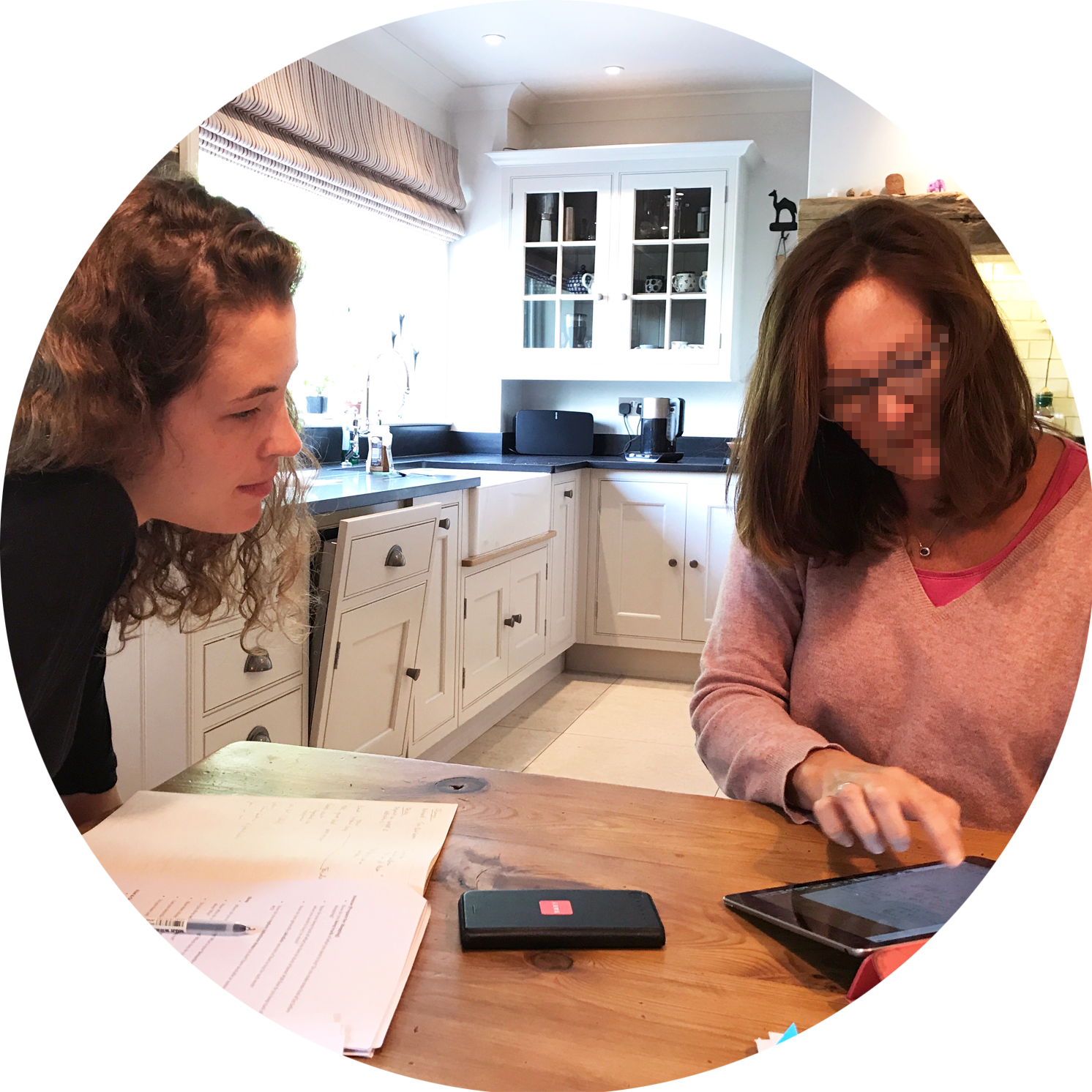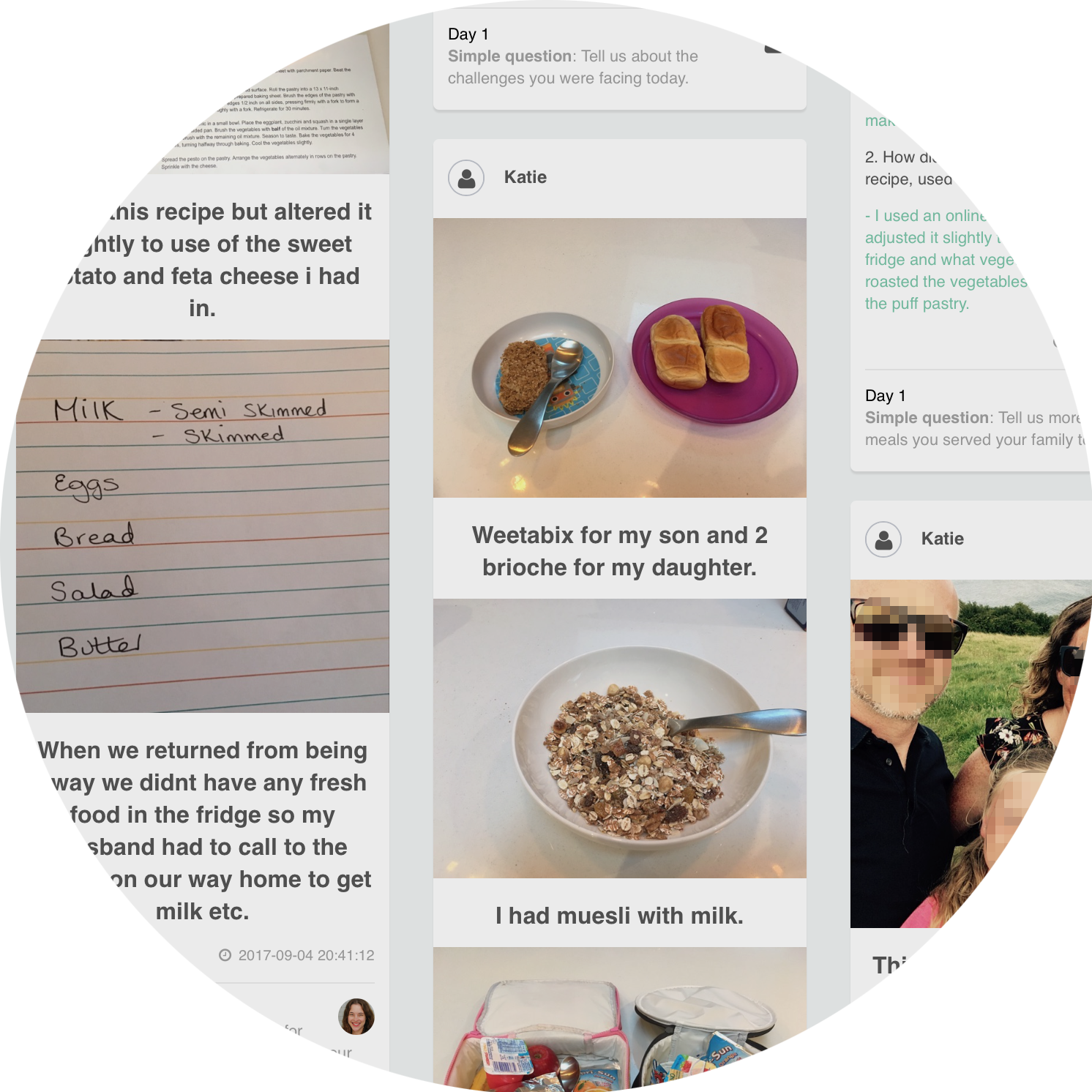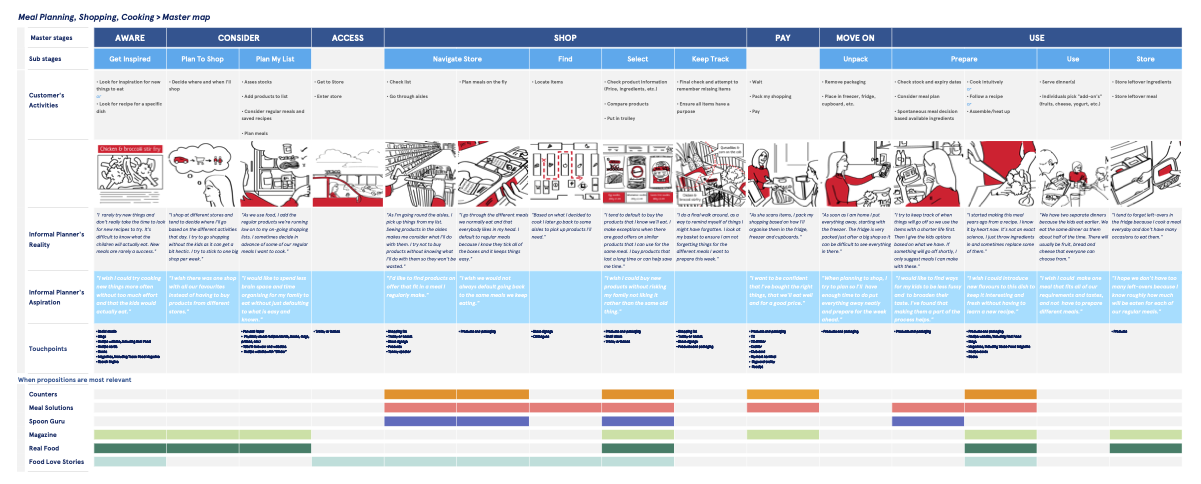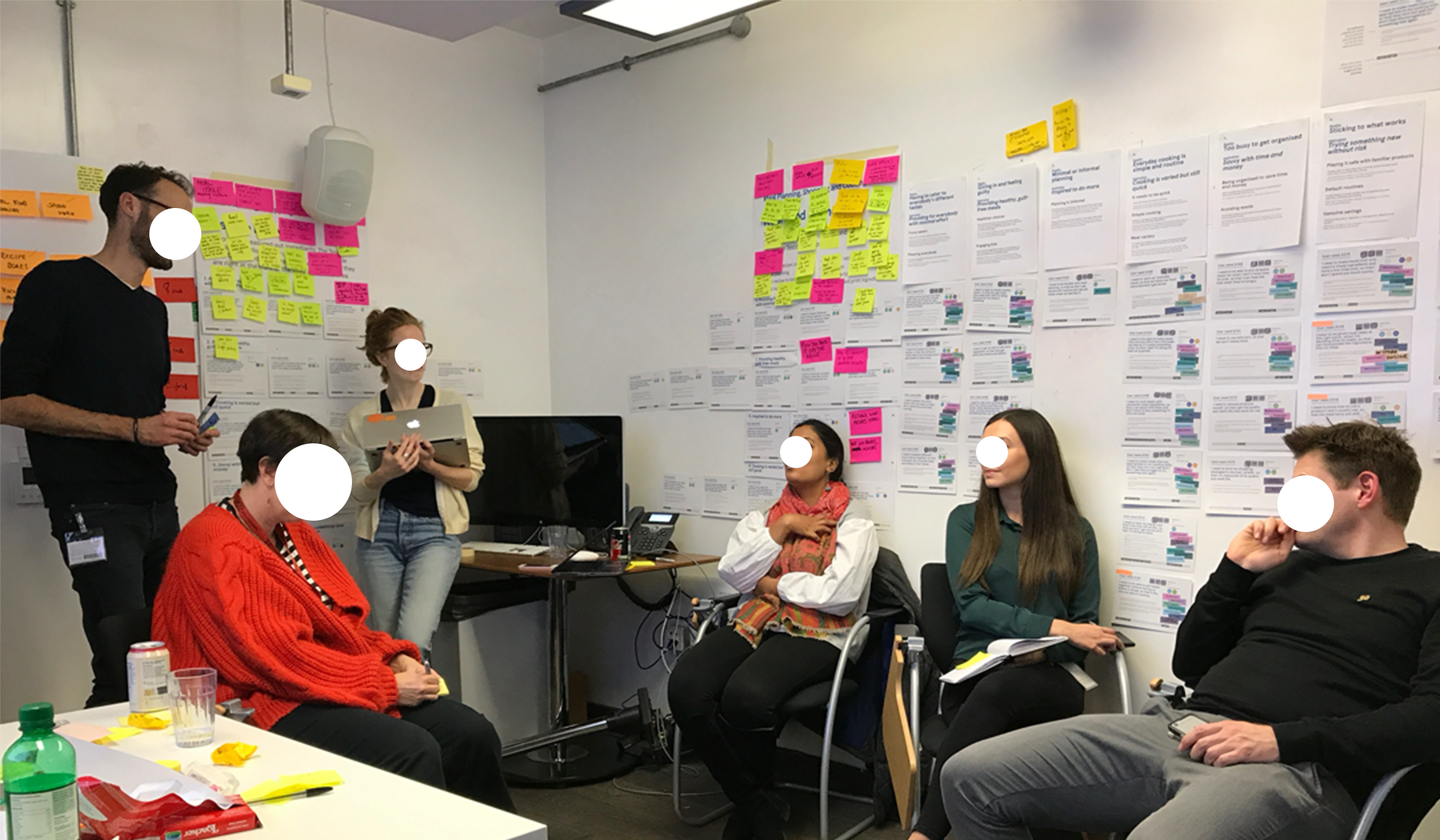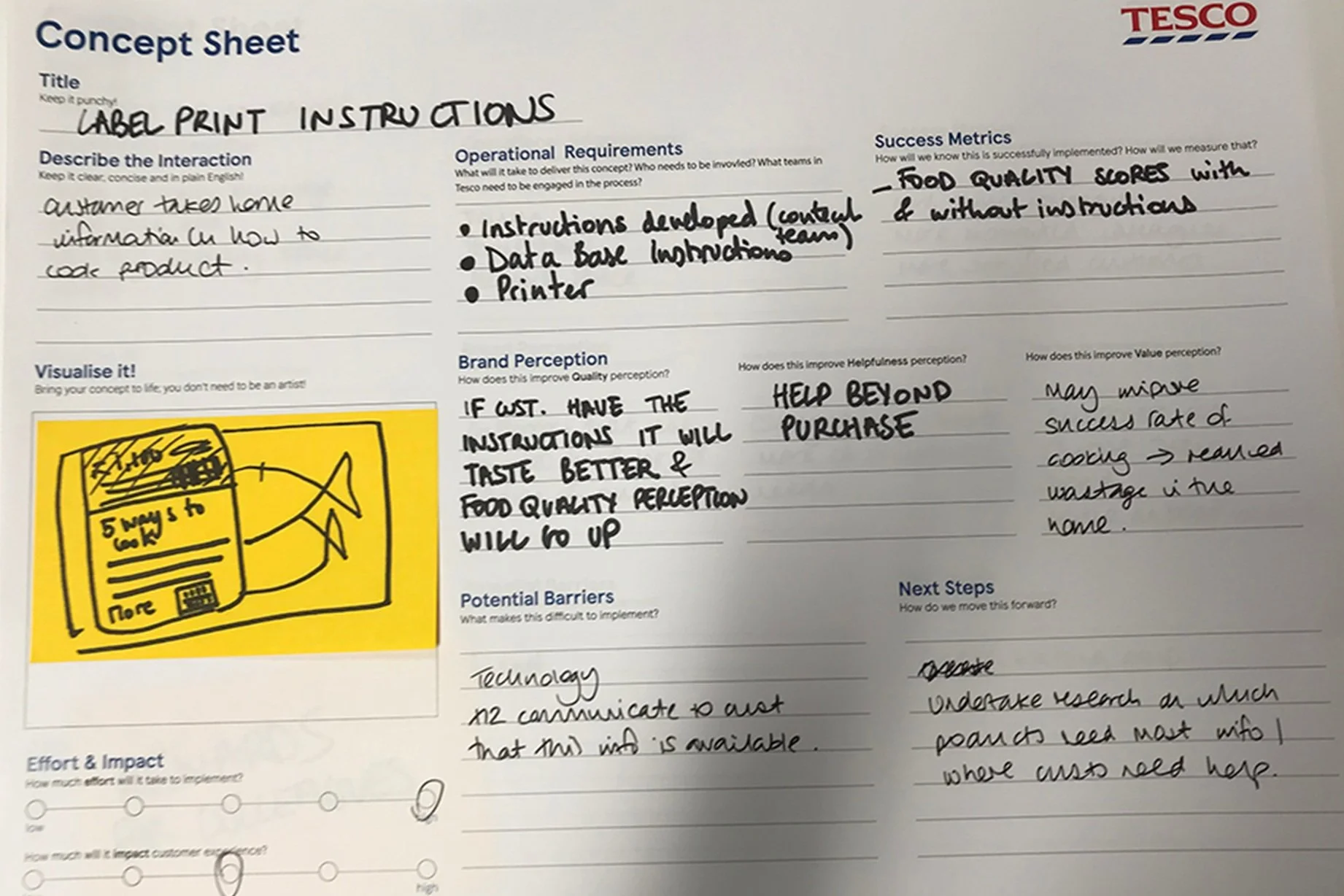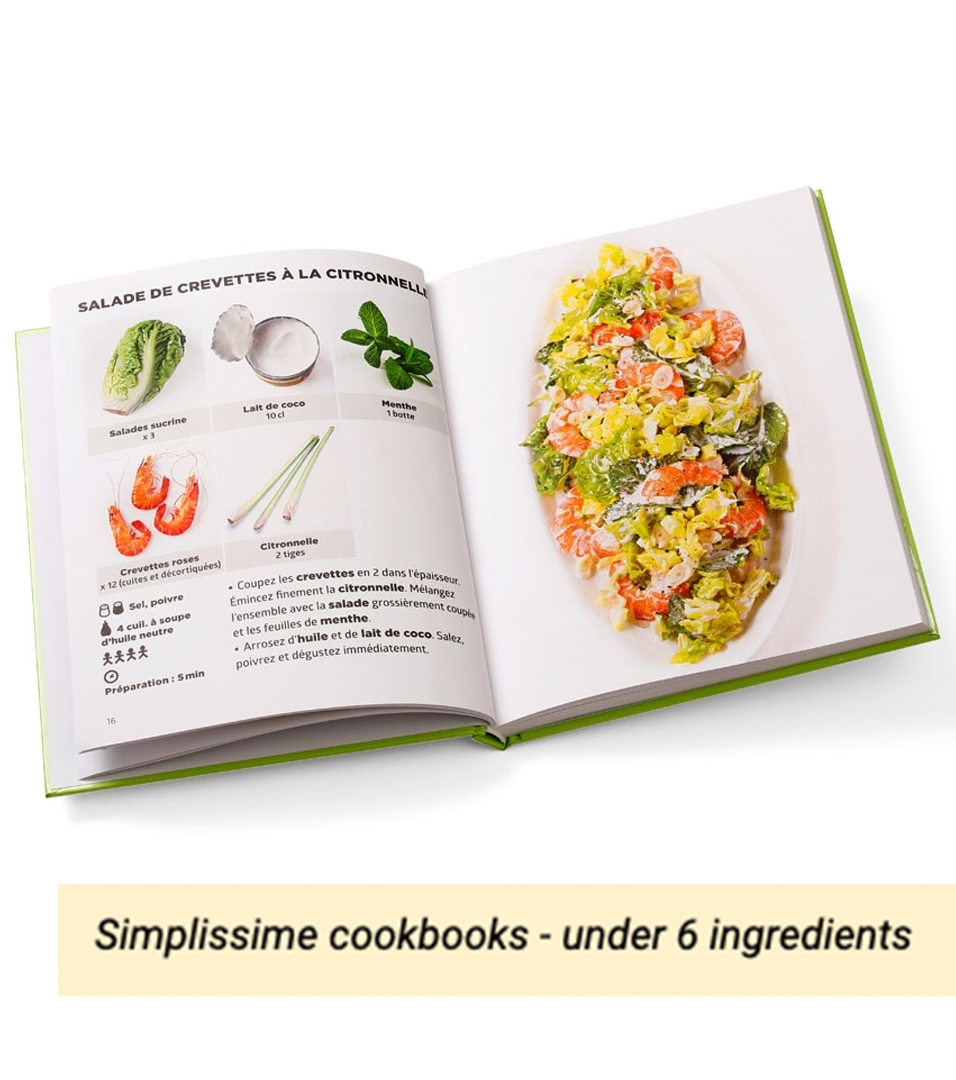Helping parents with young children improve the quality of the meals they feed their family
Client: Tesco
Year: 2018
Role: Project lead and consultancy side project manager
Key activies: : Interviews, diaries, shadowing in store, synthesis, journey mapping, Ideation workshops, concept development, strategy ,
Core team: Me, Livework mid-level Service Designer, Tesco Agile delivery manager
Context
Tesco is the largest supermarket chain in the United Kingdom. Yet, the perception of the quality of their food tend to be behind other competitors, even if their products when blind-tasted tend to score very high.
Tesco asked Livework to identify how to increase quality perception and association with high quality products by democratising home cooking and healthier meals.
£103 millions increase in sales
for every 1% improvement Tesco in quality perceptions.
Parents with kids aged 2 to 10
as this segment scored particularly low when it comes to quality perception at Tesco.
Phase 1 - Discovery
A mixed research approach to understand barriers, drivers and behaviours
around how UK families plan, buy and cook their meals
12 home Interviews
to understand parent’s realities, attitude, challenges, their met and unmet needs.
7 day digital diaries
to gain insights into what everyday meal and shopping patterns actually look like
Shadowing in-store
and at home
to dive into decision making processes in the moment.
Key insights
We identified a value-action gap between what parents aspire to do and their realities.
Parents’ everyday cooking is about spontaneous assembling of simple and everyday ingredients. They don’t need more recipes that look like a big project to approach. Tesco defaulted to providing inspiration in the form of recipes.
Aspiration: Providing healthy, guilt-free meals
Reality: Giving in and feeling guiltyAspiration: Cook inspirational and varied meals
Reality: Everyday cooking is simple and routineAspiration: Providing for everybody with minimal effort
Reality: Having to cater to everybody’s different tastesAspiration: Savvy with time and money
Reality: Too busy to get organisedAspiration: Inspiration and brain space to do more
Reality: Minimal or informal planningAspiration: Trying something new without risk
Reality: Sticking to what works
Let’s zoom into one insight area
Aspiration: Cook inspirational and varied meals
Reality: Everyday cooking is simple and routine
Everyday cooking is mostly assembling ingredients
Parents’ everyday cooking is mostly heating up and assembling simple and everyday ingredients. Most parents don’t follow “recipies”, especially not on week evenings.
Parents don't need more recipes that look like a big project to approach. They want to keep effort and waste low, and not have to buy a lot of ingredients that won’t be used again. They like their cooking books for inspiration, but rarely use them.
I need to be able to put meals together without having to follow a recipe, so that it fits into my way of cooking and I don’t waste time figuring things out.
I need to be able to make meals that are low effort but still make me feel as if I made something nice, so that I feel I’m doing my best as a parent.
I need to cook meals with commonly used ingredients, so that I can easily find them and don't have to buy something I'll only use once.
Everyday cooking is routine
Many families rotate the same 5-10 meals. It’s easier for parents to stick to meals they know their kids will eat, rather than trying something new that they might not like.
Most parents want to keep food interesting but most stop trying and accept that their meals will stay bland until their children grow up.
I need to ‘perk up’ everyday meals, so that we enjoy our food more and don't get bored.
I need to please the entire family with one meal, so that I don't spend too much time cooking.
Everyday cooking can only require little time and brain space
Parents default to their routine way of approaching meal planning, shopping and cooking. They have little time, energy or brain space to consider doing things differently.
I need to be given meal ideas at the right point, when I’m deciding what to make, so that I can incorporate the ingredients into my shop.
Research communication artefacts
We identified more than 50 user needs, each of them were attached to key insights, user groups, journey stages and existing Tesco solutions.
User groups, based on planning, shopping and patterns
User journey
Phase 2 - Socializing, prioritising and ideating with relevant teams through series of workshops
User needs prioritisation workshop
🔍 Fostered shared understanding of user needs
🧮 Assessed how existing propositions currently meet user needs
📡 Prioritized teams to engage to create a user needs driven Food Quality perception delivery roadmap
Mapping and opportunities workshops
🗺️ Socialised journey mapping methodologies
🧩 Unpacked most relevant user needs for each team
⚙️ Mapped operations and current enablers
📍Identified opportunities throughout user journey
Ideation workshops
💡 Moved from early ideas into concepts
🎯 Prioritized and scoped improvements that teams would undertake on their own vs those requiring to go through central planning and funding
Phase 3 - Consolidated overarching strategy and scoped operational requirements
Evolved content strategy
Move from aspirational recipes and to real life dishes that people will actually make
Lower perceived barriers to entry, less than 6 ingredients, easy to find and reuse ingredients, less than 5 preparation steps without nested steps
Recipes that make parent’s lives easier (see users needs)
New formats: inspiration beyond recipes
Inspiration to do more and try new things, without falling back into a traditional recipes model that come across as too much efforts.
• Ingredients and product associations
• Small additions or helpful swaps
• Cooking techniques
Inspiration where decision happen, leveraging content in-store
Through existing
• Counters - provide inspiration for counter colleagues to share inspiration with customers and encourage them
• Meal buddling - need state-based meal packs and mix and match bundling
New curated inspiration via effective placement
Establishing operational requirements to deliver on strategy
Omnichannel content strategy and management
Consolidation of content development efforts
A shared Content Management system meeting each channel requirements and information architecture
Content readiness across channels requirements for content creation partners, aligned to CMS
Shared positioning
A shared position on food: an everyday life-proof food, more practical than aspirational, encouraging customers to make the most of products, so they connect great tasting food to products, not just to recipes.
Shared taxonomy for Tesco recipes and what makes them relevant across user groups
